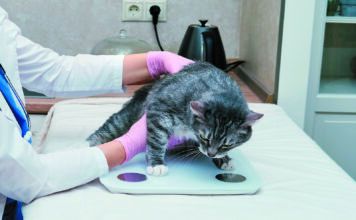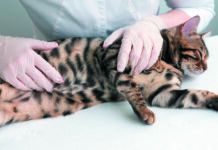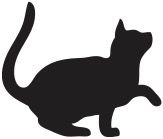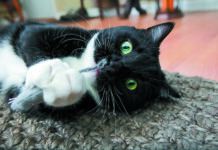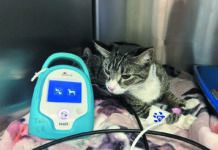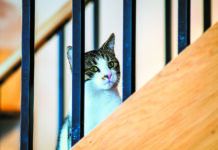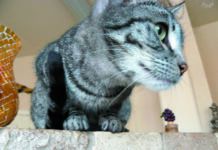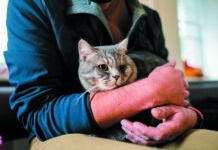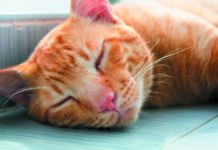What It Means When a Cat Throws a Clot
One minute your cat seems fine, and the next, she’s paralyzed in her hind legs and is crying out in great pain, dragging herself around by her front limbs. What’s going on?
Vaccine confusion
Q: There is a difference in vaccine recommendations for people and those for cats that I find confusing. With people, the interval between vaccinations varies depending on the shot. For instance, people get a shot against tetanus every 10 years and a shingles shot just once. But cats are supposed to get all their core vaccines once a year. Why is that? Does the immunity from the diseases the shots protect against always wane so quickly?
How Concerned Should You Be about Lumps and Bumps on Your Cat’s Coat?
Feline skin is second only to the feline lymphatic system as the site of lumps and bumps—various tumors, cysts, and other abnormal growths, known medically as neoplasms. Sometimes these growths grow alarmingly large. But even when they’re small, they concern people with cats—for good reason. No one wants to see or feel swellings on their pet’s coat that shouldn’t be there. “I am asked to evaluate them daily,” says Tufts veterinary internist Michael Stone, DVM.
Fat” and “Obese” are Not Four-Letter Words
On Politics and Pet Care
Concerns that Catnip Will Make Your Cat High; Concerns that It Won’t
Do You Know Your Cat’s Blood Pressure? You Should.
Your Cat Is Dying. How Does She Feel About It?
Your Role in Your Cat’s Orthopedic Exam
Michael H. Jaffe, DVM, service chief of small animal surgery at the Mississippi State University College of Veterinary Medicine, relates the story of the cat owner who told him that their cat “finally learned” not to jump on the kitchen table after 10 years. Dr. Jaffe wasn’t convinced. “If the cat could get up on the table, she would,” he says. “I thought the change in the cat’s behavior was a possible sign of arthritis pain.”

